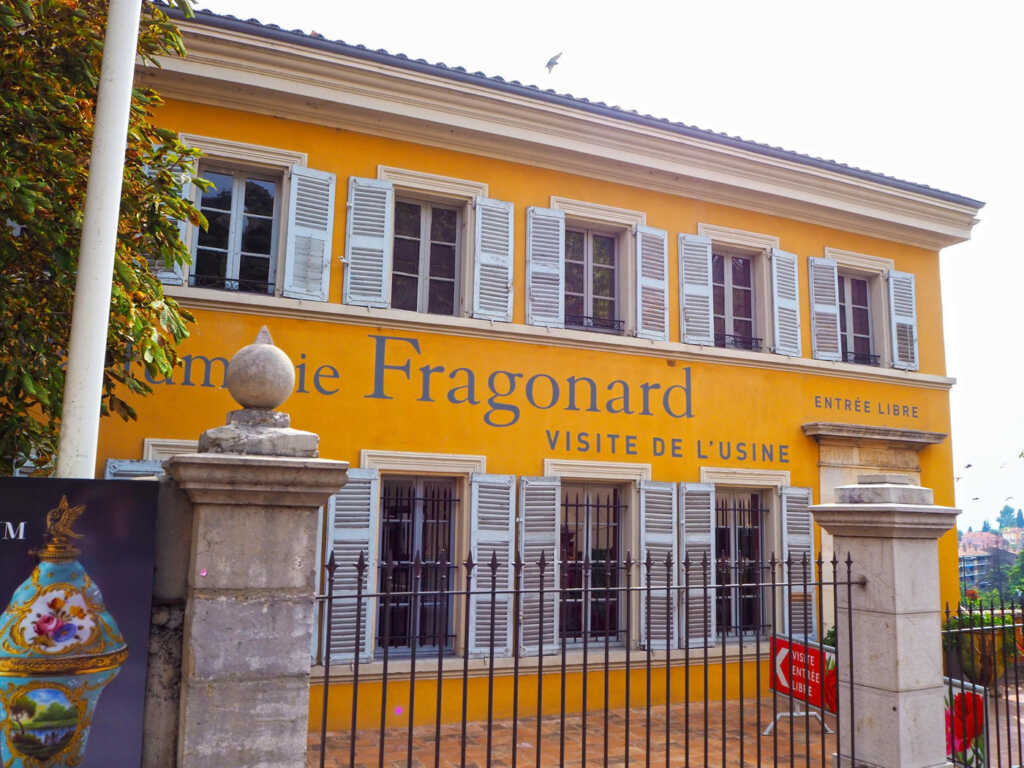Per a report by market data research group, Fortune Business Insights, the global perfume market size was valued at USD 45.85 billion in 2022, a figure which is expected to mark a compound annual growth rate (CAGR) of 5.63% from 2023 to 2030, during which it is forecast to hit USD 48.05 billion and USD 69.25 billion, respectively. Research engine, Statista, meanwhile, says that in 2021, Japanese consumers spent 4.7 billion yen, around USD 33.26 million, on perfume and eau de cologne purchases. The data portal further shows that a good chunk of worldwide spending on fragrance is in the prestige and luxury sector, proving what the cosmetics and personal care industry has long-known to be true: people will spend (and very often, spend big) to smell good.
However which way you look, the perfume market is massive. A good scent appeals to more than just the olfactory sense, after all — it appeals to the emotions, boosts the spirit, and uplifts the soul. This is a truth with which the French have been well-acquainted, for centuries; so much so that when you think of perfume, chances are, you think of France.
A good scent appeals to more than just the olfactory sense, after all — it appeals to the emotions, boosts the spirit, and uplifts the soul. This is a truth with which the French have been well-acquainted, for centuries; so much so that when you think of perfume, chances are, you think of France.
An overview of olfactory oils’ origins
With beloved perfumes from big-name brands like Guerlain, Chloe, Yves San Laurent, Dior, Goutal, Chanel, Lancome, and Diptyque — to name just a few on a lengthy, luxurious list — it’s no wonder that perfume and France have just about become synonymous. To be certain, the French did not invent perfume; that is an accolade typically accorded to the ancient civilizations, which started concocting perfumes with different oils and in different forms (with incense being among the earliest types), for varying purposes. The jury is still out on who first “whiffed up” the first-ever bottle of liquid perfume, but historians point to the ancient Egyptians, Greeks, or Babylonians.
It’s an easy mistake, however, to credit the French as parfum’s progenitors, given the scent-sational strides they have made over the years to further its formulation, as well as propel its popularity. Regardless of which civilization truly birthed the first perfumers, it is a fact that early perfumes — up until around the 16th and 17th centuries, even — were wholly handcrafted for and primarily used by the elite and noble classes. But, to keep up with the rising demand, as society opened up to a more egalitarian way of life, perfumers shifted to include commercial forms of manufacturing; an area in which France first made great strides, while still maintaining the traditional, artisanal ways of perfume making.
Moreover, some of the world’s best “noses” in the industry, experts at olfactory composition and perfume making, are in France — particularly, in the city of Grasse, which has earned the well-deserved title of “Perfume Capital of the World.” To this day, people from all over the globe come to study the art of perfumery under such experts, whether taking on apprenticeships at one of many perfumeries across France, or enrolling at perfume schools like L’École Supérieure du Parfum, with campuses in Paris and Grasse.
Perfume makers or “noses” have built up its perfume houses since the early 18th century, causing the city’s aromatic reputation to spread far and wide. In fact, three of the industry’s biggest, most historic perfumeries are in the locale; namely, Galimard, Molinard, and Fragonard.
A nose for the business. Literally.
Grasse, a city in the French Riviera or Côte d’Azur, on the hills north of Cannes, has long been a haven for experts in the industry. Perfume makers or “noses” have built up its perfume houses since the early 18th century, causing the city’s aromatic reputation to spread far and wide. In fact, three of the industry’s biggest, most historic perfumeries are in the locale; namely, Galimard, Molinard, and Fragonard.

Parfumerie Galimard, founded in 1747 by Jean de Galimard, Lord of Seranon and a notable nose in the industry, is the oldest perfumery in France, and the third-oldest in the world. Galimard, a member of the Glovemakers and Perfumers Guild, invented some of the first olive-oil-based perfumed pomades, which he supplied to the court of King Louis XV. Molinard, meanwhile, was established in 1849, and is renowned not only for its exquisite perfumes, but also for its ultra-luxurious bottles fabricated from Baccarat crystal and Lalique glass. The perfumery, said to be a favorite of Queen Victoria, offers tours and craft-your-own-fragrance packages. Fragonard, established in 1926, likewise offers perfume-making sessions at its Perfumer’s Apprentice Workshop. The highlight, however, of a visit to Fragonard is its Fragonard Musee de Parfum which houses a collection of rare artifacts from perfume’s 5,000-year history.
When it comes to museums devoted to the history of fragrance, though, it’s hard to top the Musée International de la Parfumerie in Grasse. With around 50,000 perfume-related objects on display, interactive stations for perfume appreciation, plus various videos and projections, this museum takes visitors on an immersive foray into fragrance-filled realms.
Favored for Fragrance
But how did it all start? Well, to put it plainly, Grasse seems naturally favored for fragrance. Owing to its hilly terrain, mineral-rich clayish soil, and elevated location on the French Riviera, the city enjoys a more temperate climate — making conditions perfect for flower growing. Grasse, as well as nearby towns in the region, boasts an array of amazing flower fields. Enchanting expanses of lavender, jasmine, sunflowers, violets, irises, and a wide variety of roses — most especially May rose and tuberose, which have become heavily associated with Grasse — fill the air with their intoxicating aromas and provide the essential oils used in perfumes.
Ironically enough, the opposite was true, back in the Middle Ages. Grasse was primarily known for its tanneries, and the city reeked of leather and lye. It was the glovemakers who first decided to try and mask the pungent smell of their products with an infusion of animal lard and flowers, among the early versions of pomade perfume, in a process known as maceration. Eventually, as taxes on leather continued to increase, the city’s tanners decide to shift to perfume-making, full-time. They turned their grazing fields into flower plantations and channeled the waters from hillside springs, once used for cleaning hides, into distilleries.
Enchanting expanses of lavender, jasmine, sunflowers, violets, irises, and a wide variety of roses — most especially May rose and tuberose, which have become heavily associated with Grasse — fill the air with their intoxicating aromas and provide the essential oils used in perfumes.
Since those early days, the city has not looked back. Presently, Grasse is home to over 60 perfume companies, all of which provide livelihood to thousands of residents, whether directly (as employees) or indirectly (as suppliers, and the like). This sector generates income in the millions of Euros, contributing greatly to the country’s economy, overall. Furthermore, its heart-filled heritage of perfumery has become the focal point of tourism to the city, attracting around two million tourists every year. The city celebrates and pays homage to its legacy with annual flower festivals, like the ExpoRose event and the highly-anticipated Fête du Jasmin or Jasmine Festival, which are as fabulous and fun-filled as they are fragrant.
From the stench-filled streets of the Middle Ages to today’s aromatic rues, Grasse has certainly evolved in wonderful, heady ways.





